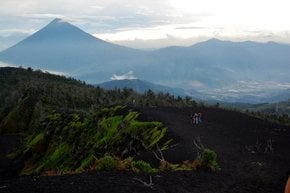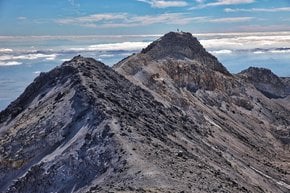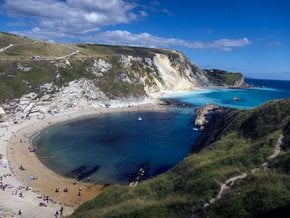Cascade Saddle Route in New Zealand 2025-2026
Most people would like to omit spots like this, unless you are a true adventurer
Best time: December–February
The Cascade Saddle Route is a popular alpine trail, located between the West Matukituki and the Dart valleys. The route does not cross the Cascade Saddle itself, but a short section goes through the Dart side of it. To complete the 60 km trail, you'll need 3-4 days and 2-3 nights accordingly.
This multi-day hike is especially popular during the summer season and not recommended in winter due to snow and ice. The trail is suitable for experienced hikers only. The Cascade Saddle Route includes alpine landscape, grassy banks of the Dart River and a glacier.
It starts from the Wanaka side and finishes on the Glenorchy side. You should divide this route into several sections and complete it one by one.
There are an Aspiring Hut and a Dart hut along the route, where you can stay for a night. The Alpine section features steep and challenging climb through the native forest and slippery and wet alpine meadows. Going up to the 1850 meter Pylon won't be easy. When heading down to the river, the road is steep and slippery as well. This is not the trail that can be done quickly. It has the highest fatality rate in the country, mainly caused by falls from slippery rocks.












































































